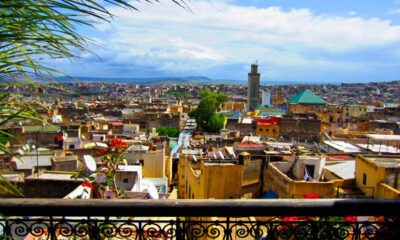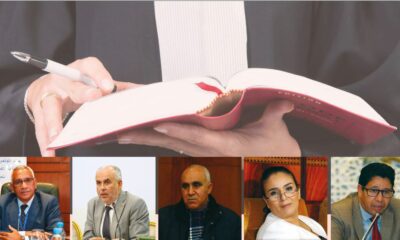Influences
Colonial Legacies: Tuan Andrew Nguyen’s ‘The Other Side of Now’

The solo exhibition “The Other Side of Now” by Vietnamese American artist Tuan Andrew Nguyen is currently on display at Zeitz MOCAA in Cape Town, South Africa, and will run until July 20, 2025. Featuring a diverse array of artworks, including films, sculptures, tapestry, and archival family photographs, the exhibition engages with the complex histories left in the wake of colonial violence, particularly focusing on Vietnamese, Senegalese, Moroccan, and broader narratives of the formerly colonized.
The exhibition prominently showcases three films that delve into themes of history and memory. In addition, sculptures like “Singing Bowls” (2022) and “Ricochet” (2024) created from salvaged bomb metal invite viewer interaction, demonstrating a participatory quality. Other works include the tapestry “Letters From the Other Side” (2024) and the wall-based text sculpture “Contact (02)” (2024), which derive their content from historical materials.
Key themes explored in the exhibition include the intricate web of histories shaped by colonial violence, the tension between fiction and historical truth, and the notion of transnational solidarity. The assertion of “Vietnamese and Senegalese solidarity” points to the complex dynamics of racial identity, particularly the complexities of anti-Blackness in Vietnam.
Notable works include “The Unburied Sounds of a Troubled Horizon” (2022), which juxtaposes personal stories against the backdrop of post-war Vietnam, and “The Specter of Ancestors Becoming” (2019), which examines the legacy of colonial conflicts and traumas. Nguyen employs narrative devices such as reincarnation to provoke reflection on identity and historical representation.
While the exhibition fosters a space for collective reflection and reclamation of history, it also highlights certain limitations in engaging with the complexities of race, particularly concerning the discourses around Blackness and its implications in a post-colonial context. The artworks serve as a reminder of the enduring impacts of warfare—both materially, through objects like unexploded ordnance, and psychologically, through the exploration of trauma and memory.
Overall, “The Other Side of Now” stands as a provocative engagement with the aftermath of colonial violence, inviting viewers to reflect on the intertwining of global histories and local experiences within the neoliberal present.
Source: Contemporary And (C&)













